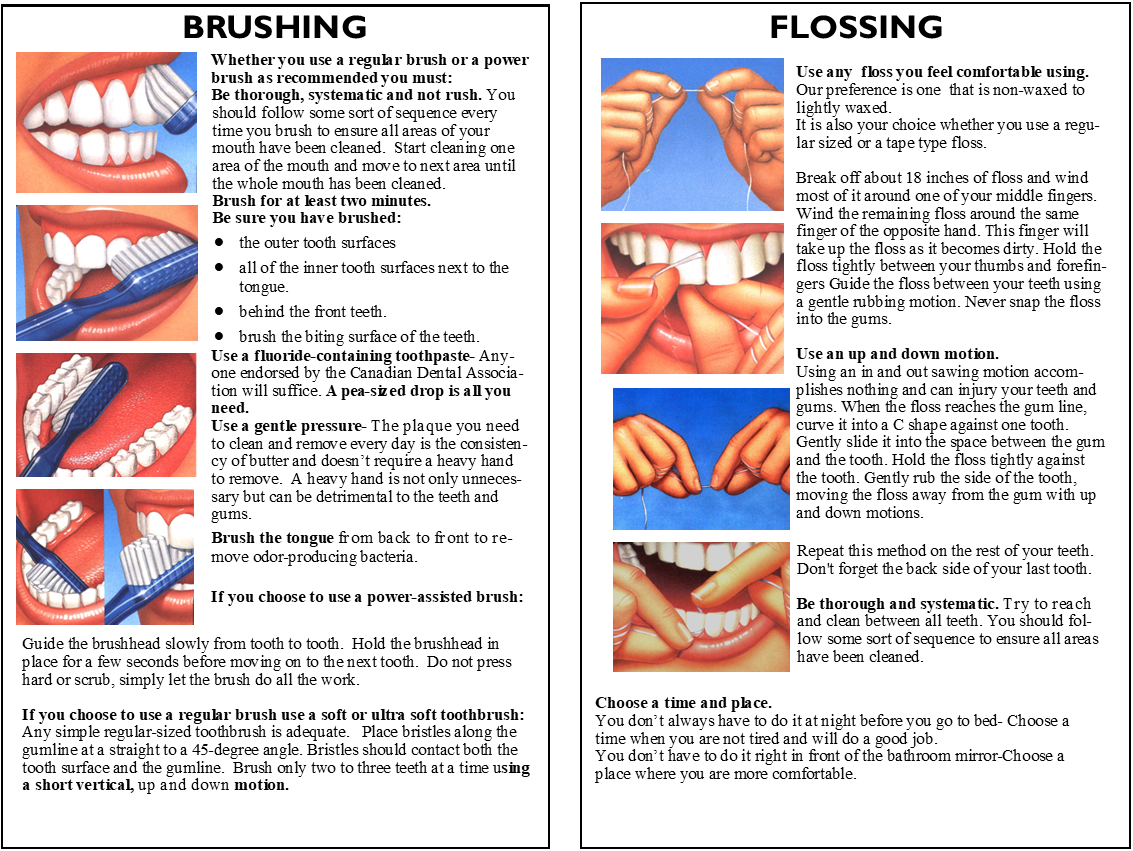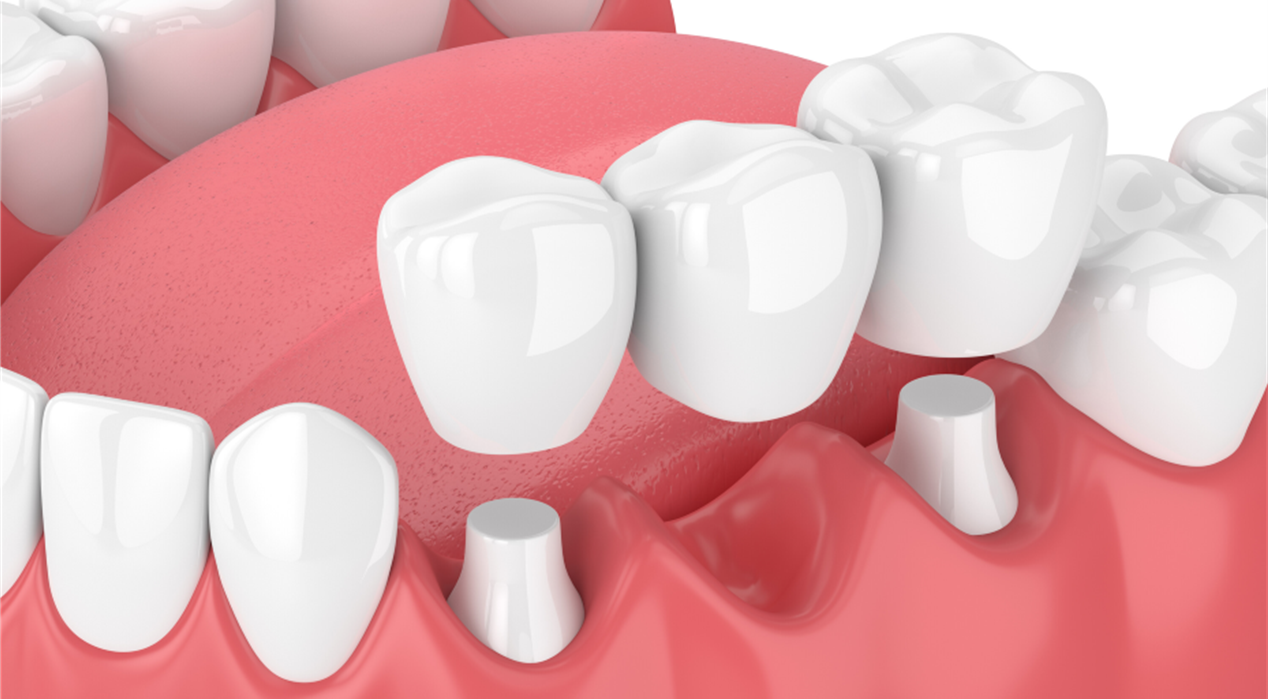Crown Lengthening
You have decay or a fracture of a cusp that extends under the gum and possibly into the bone. The tooth can be repaired with a filling or more ideally a crown. A crown (also called a cap) is an excellent way to cover and protect a tooth that has been fractured or damaged by decay. However, if the crown is to be done properly the fracture margin must be free of bone and gum tissue. We therefore recommend you have a procedure called ”crown-lengthening” to reduce the bone and gum level where the decay or fracture occurred.
Without doing this procedure we will have difficulty:
- sealing the crown margins and preventing future decay
- keeping the gums around the crown healthy in the future

Decay under the gums

Gums are pulled back

Bone is reshaped

Decay is now above
Crown-lengthening Procedure
First, we will thoroughly numb the entire area. Then we will make small incisions and gently pull back the gum tissue back to expose the surface of the bone. The bone that surrounds the tooth is then reshaped so it sits lower then the decay or fracture line. The gum is then carefully placed back and secured with sutures. A temporary filling will be placed on the tooth where it cracked if necessary.
After a few weeks of healing we can start to fix the tooth with a composite filling or a crown. If a crown needs to be done, we may have to build up the tooth using a post or pins and a core build-up material. The final step is placing a crown to cover and protect the damaged tooth. The crown restores your damaged tooth to normal health, appearance and chewing function.


